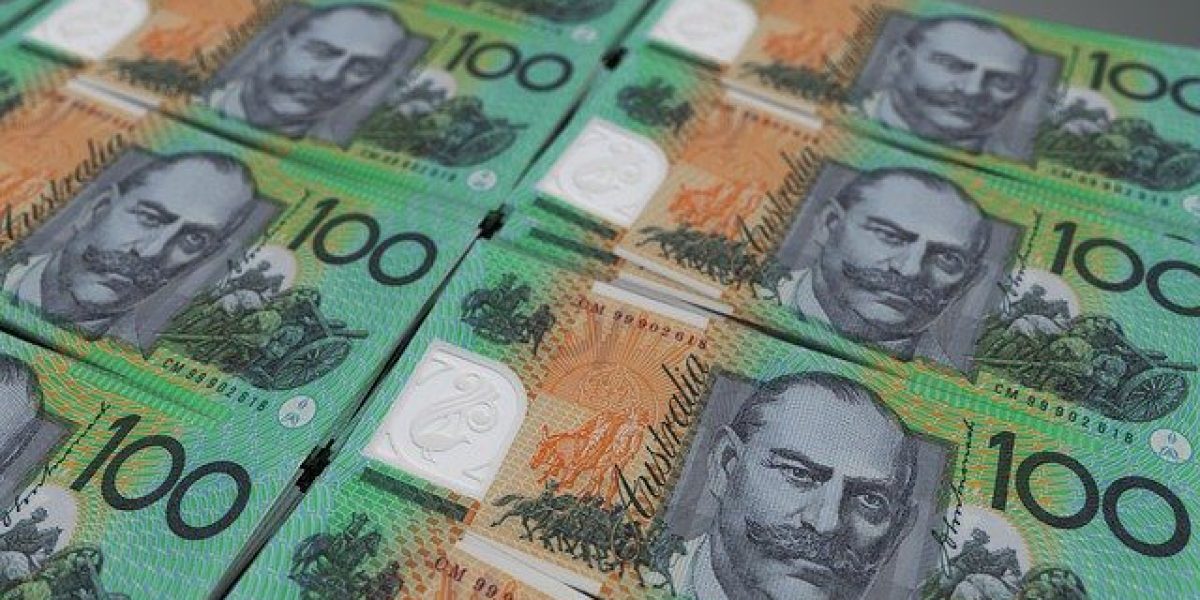|
Getting your Trinity Audio player ready...
|
– Andrew Macken
Large moves in global currency markets are always worth pondering. They don’t happen all too often and usually reflect large, global, macroeconomic changes that investors ought to keep an eye on. The recent strength in the Aussie dollar is an interesting case in point.
Putting aside the large dip and rebound in March and April, the Aussie has continued to appreciate by around 10 percent in the last three months against the US dollar. This is a significant move and, as noted by RBA Governor Philip Lowe recently, the Aussie dollar “has appreciated, to be around its highest level in nearly two years.”
As always, there are a number of countervailing forces on the Aussie dollar. First, with travel restrictions in place, foreign visitors cannot easily come to Australia and consume – a clear headwind for the currency.
On the other hand, Australia’s exports of commodities – especially our high-quality iron ore which has no global substitute and the demand for which is quite inelastic (meaning the quantity demanded is not materially impacted by higher prices) – have been booming. China, the world’s largest customer of iron ore, has been stimulating investment in infrastructure and real estate to help boost its economy post COVID-19, pushing up demand for steel and, in turn, iron ore. At the same time, production out of Brazil was negatively impacted by the pandemic, pushing iron ore prices to levels not seen since 2013.
The net result was an Australian trade balance that increased to its highest ever surplus, providing upward pressure on the currency as importers demanded more Aussie dollars to pay for their purchases.
It is interesting to observe, however, that the Aussie dollar hasn’t really appreciated against other major currencies, such as the Euro or the Renminbi, over the last three months. Indeed, the primary driver of Aussie “strength” over this period has in fact been US dollar “weakness”.
Why is this? One important reason relates to the enormous degree of US government fiscal spending in the wake of COVID-19. In recent days, the Congressional Budget Office projected a federal budget deficit of US$3.3 trillion in 2020, more than triple the shortfall recorded in 2019. At 16 percent of GDP, this annual budget deficit would be the largest since 1945.
Fiscal spending of this magnitude typically kills the national savings rate (defined in this case as aggregate production, less aggregate consumption) since the spending is a form of government consumption. And this typically results in downward pressure on the economy’s current account (which, in turn, is dominated by the trade account), which is the difference between national savings and national investment.
It is perhaps not surprising, therefore, that the US trade balance has plummeted. In July, the US trade deficit increased to its highest level in 12 years. And this excess demand for foreign purchases typically pushes down the US dollar against foreign currencies.
So where to from here? The truth is: no one really knows. But here are some general guidelines to making sense of possible future developments.
If US lawmakers pass another multi-trillion dollar stimulus package, this would likely add further downward pressure on the US dollar. If the US dollar continues to weaken, it remains to be seen if non-US economies, particularly export-led economies, can sustain their recoveries with elevated domestic currencies – or if they will choose to intervene in their currency markets. And finally, if any tail risks emerge, a flight to “safety” would likely see the US dollar appreciate yet again.
Whatever happens in the future, Australian investors can at least enjoy the increase in their global purchasing power for the time being.
Andrew Macken is the Chief Investment Officer of Montaka Global Investments. To learn more about Montaka, please call +612 7202 0100.




